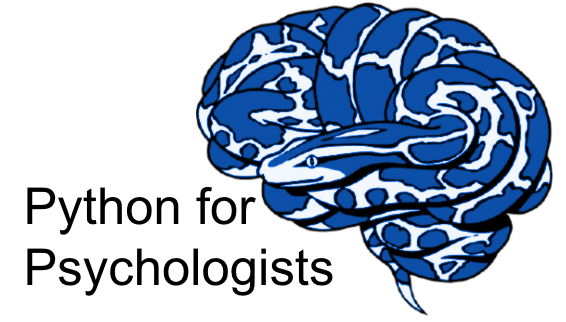Introduction III#
The things covered in this section will introduce central concepts for our subsequent endeavors in this class. More precisely, we’ll explore jupyter notebooks as one form of interacting with your computer, specifically python. Getting a good hang of this will be important as most of our python endeavors will happen within jupyter notebooks and they are a staple in research workflows.
Create environment#
Download the following environment file
In your terminal, type conda env create -f path/to/your/file/pfp_2023.yml replacing ‘path/to/your/file/’ with the actual filepath.
Jupyter notebooks#
We will now take a closer look at jupyter notebook and how we can work with them. This is a central topic as the python introduction and data analyzes parts of the course will be conducted via jupyter notebook and you’ll have to hand in most assignments via them as well.
Objectives 📍#
learn basic and efficient usage of the jupyter ecosystem & notebooks
what is Jupyter & how to utilize jupyter notebooks
Ask and answer questions
Have a great time
Materials 📓#
Please see the rendered version of the jupyter notebook Introduction III - jupyter notebooks in the ToC on the left.
Homework#
You should create a jupyter notebook with
mandatory:
3 different cells: - 1 rendered markdown cell within which you name your favorite movie and describe why you like it via
max. 2 sentences - 1 code cell with an equation (e.g.1+1,(a+b)/(c+d), etc.) - 1 raw cell with your favorite snackoptional: try to include a picture of your favorite animal
save the notebook and e-mail it to kallmayer@psych.uni-frankfurt.de
Please note that the deadline for the assignment is: 10/11/2021, 11:59 PM EST.
optional/reading/further materials#
Fernando Perez’ presentation on From interactive exploration to reproducible data science: Jupyter from NeuroHackademy 2020.
